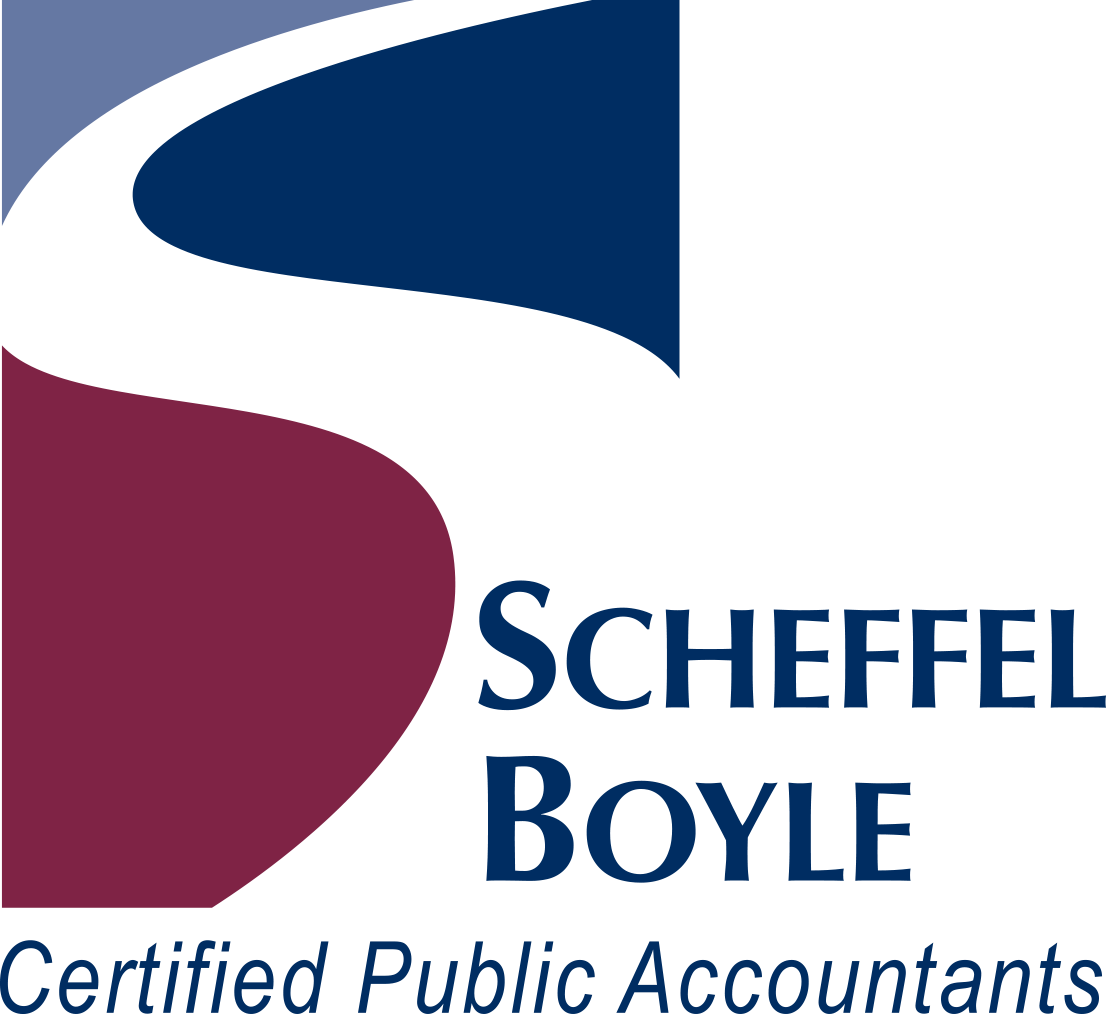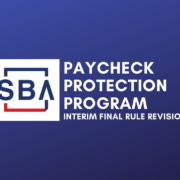SBA issues interim final rule revisions to PPP
The U.S. Small Business Administration recently laid out its interim final rule revisions to the Paycheck Protection Program. These changes, which are effective immediately, relate to maximum loan amount calculations and program eligibility and apply to PPP loans approved after the effective date of the rule.
The SBA will be accepting PPP loan applications through March 31, 2021.
The key interim final rule revisions to the Paycheck Protection Program are as follows:
- Individuals who file an IRS Form 1040, Schedule C can calculate their maximum loan amount using gross income instead of net profits
- At this time, Schedule C borrowers cannot increase the amount of a PPP loan they have already applied for, received, or had forgiven by the SBA
- With this revised funding formula, First Draw Schedule C borrowers with over $150,000 in gross receipts are subject to review of the good faith loan necessity certification
- Removes eligibility restriction that prevented business owners who have non-financial fraud felony convictions in the last year from obtaining PPP loans
- Removes eligibility restriction that prevented businesses with owners who are delinquent or in default of their federal student loans from obtaining PPP loans
In addition to the eligibility and calculations updates, the SBA also provided revisions for six application forms, including:
- Updated PPP borrower first-draw (Form 2483) and second-draw (Form 2483-SD) application forms
- PPP first-draw (Form 2483-C) and second-draw (Form 2483-SD-C) borrower application forms for Schedule C filers using gross income
- A revised lender application form for PPP loan guaranty (Form 2484)
- A revised PPP second-draw lender application form (2484-SD)
If you have any questions about these changes, the program, or if you have any additional concerns, please contact one of our trusted professionals at Scheffel Boyle. We are here to help!



